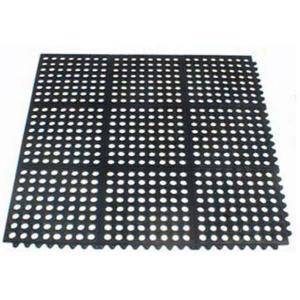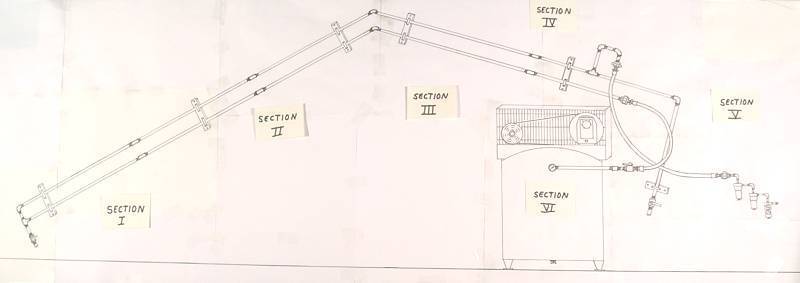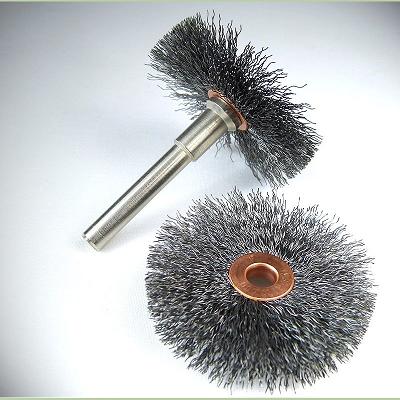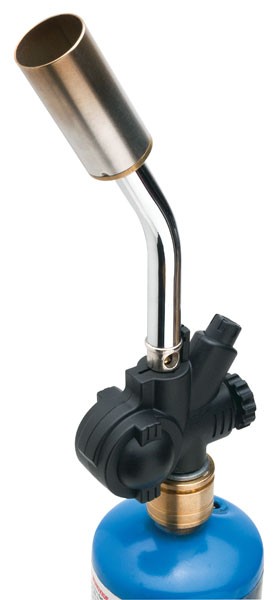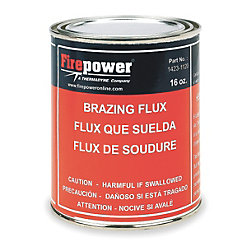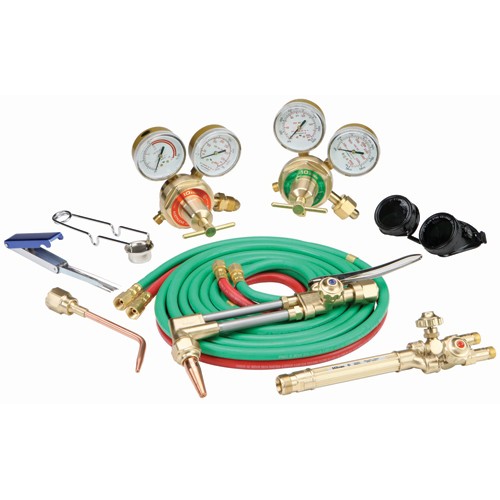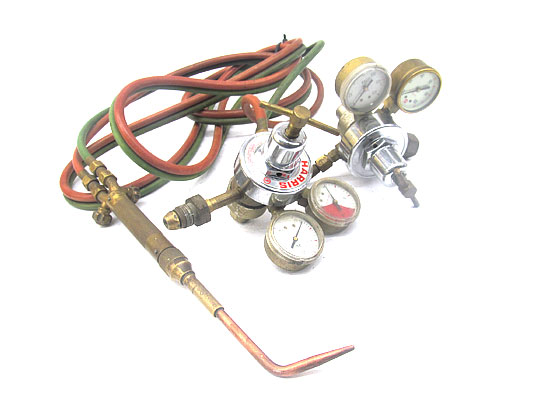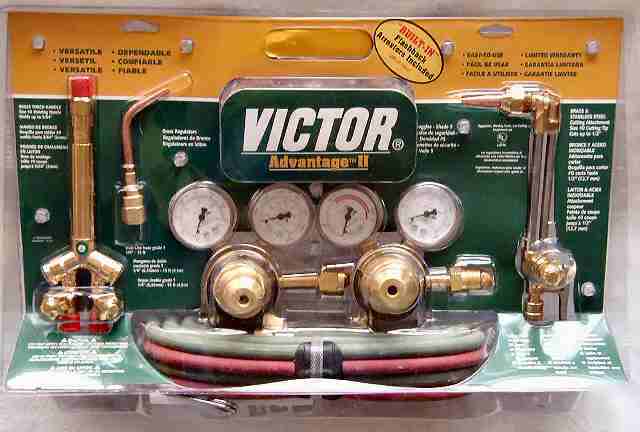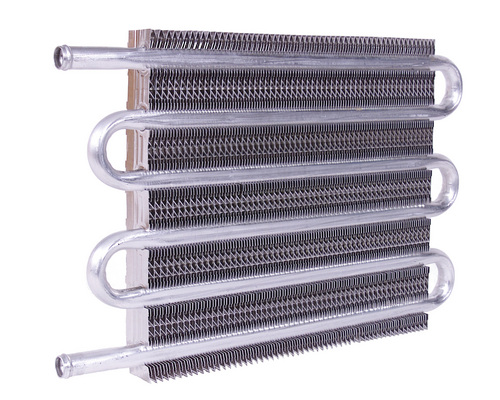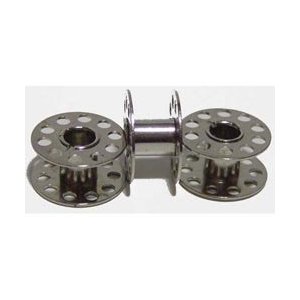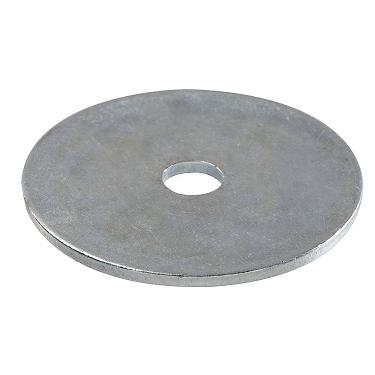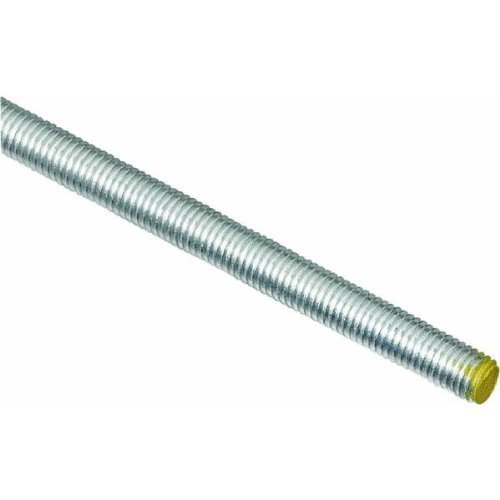I finally pulled the trigger and bought a compressor because I need to paint
the transmission case before I assemble it. Now I wish I could have bought a
dual stage compressor, but that would have been another $700 or about twice
what I paid. I didn't want to give up quality, so another reason I went with a
smaller single stage compressor made in Illinois......or at least the company
is based there. The motor is made in the USA and the tank is made in
Italy(According to Northern Tool). The physical constraints in my 20' x 20'
garage, limited me to a 60 gallon receiving tank.
Note: Plan on spending another $200 - $400 in a small shop like my
garage for wiring and piping the air lines ....... but more on that later.
http://www.northerntool.com/shop/tools/ ... _200479713
http://garage.grumpysperformance.com/index.php?threads/franzinator-air-dryer.6246/

I used a couple of the dollys that I use for the TBucket to move the
compressor around.





When I pulled the drain valve that Quincy supplied with the
compressor, this fell out. I removed the vale to replace it
with a much easier to use Ball Valve or 1/4 turn valve.

I went by our local "Industrial Rubber Product" company and bought some
3/8" x 4" ribbon of rubber for my vibration isolators and also raise the
compressor enough that I could drain it easily.

I also used the wood from the pallet that the compressor was shipped
on. I cut the block 4 inches long and glued the rubber to them using 3M
weather strip adhesive. #08008


Last edited by a moderator:

